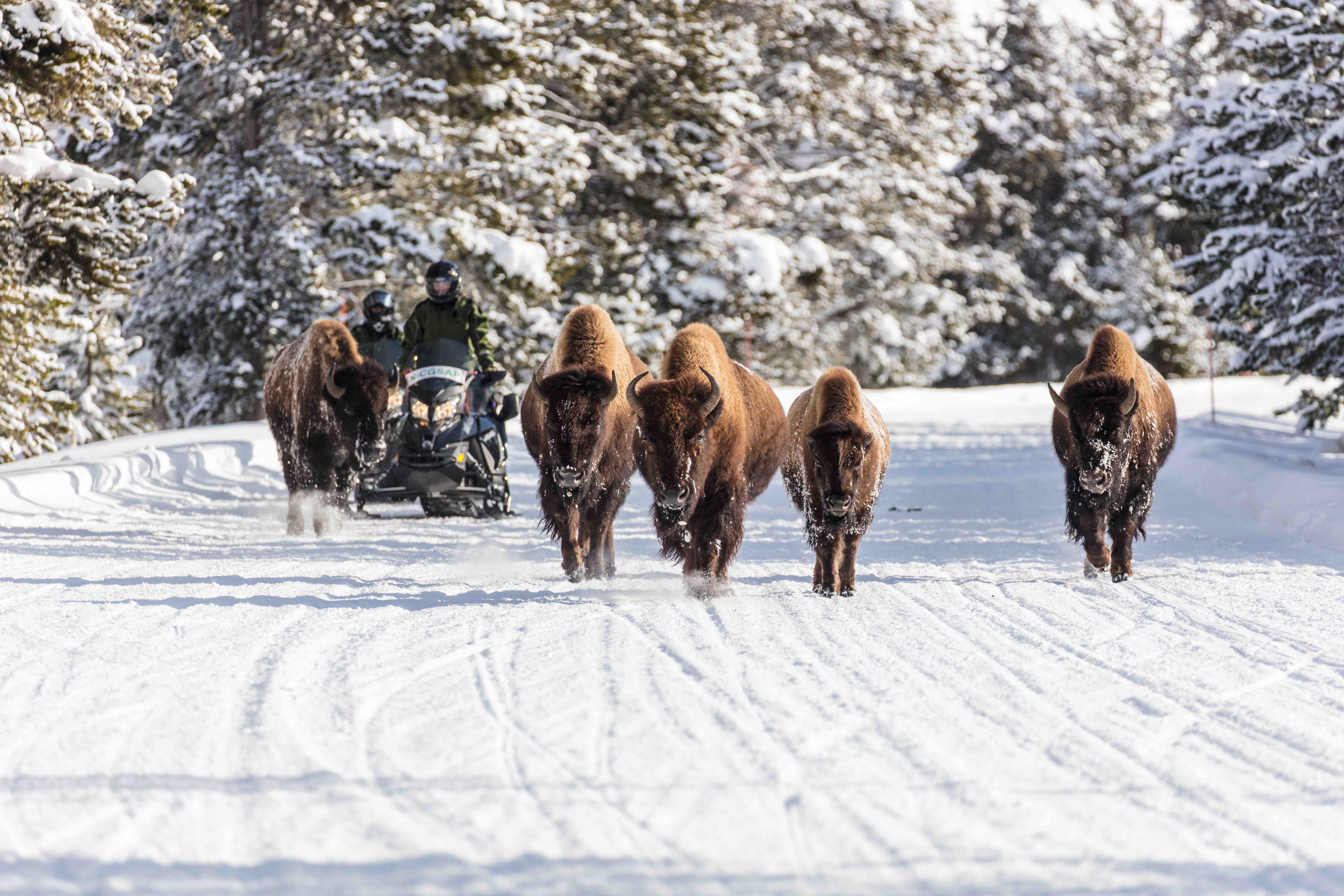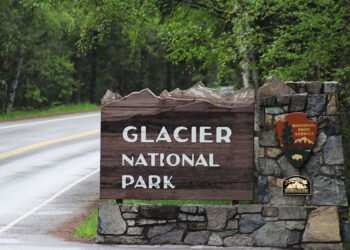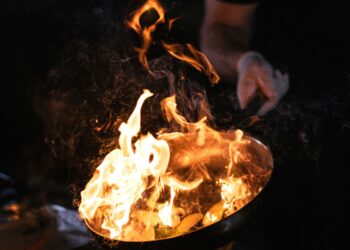
By Todd Wilkinson EBS ENVIRONMENTAL COLUMNIST
For many rivers, discovering what remains of their wild essence requires heading upstream. Humans throughout time have exacted tolls from our waterways and in terms of their character, lower reaches often disappoint for the trappings of civilization that have wrung the life out of them.
In Mexico where the Colorado trickles into the delta with the pulse of the Green a distant hindsight confluence; in the Northwest where the Columbia churns into the Pacific having absorbed the Snake; and south of New Orleans where the Mississippi finds the Gulf long forgetting the flows of the Missouri, there’s little hint that, were you to trace each course back to the common region where they began—Greater Yellowstone along the Continental Divide—you may find the tracks of grizzly bears imprinted in the melting snowpack.
Dave Hall will tell you there are lots of extraordinary places on planet Earth to dip a paddle, cast a line and set up a portable easel, but few water corridors remain in the developed world where a human can bump into the full complement of original four-legged megafauna that were there half a millennial ago.
At Last Chance, Idaho, within eyeshot of the Henrys Fork of the Snake River, Hall takes his work commemorating rivers seriously. Greater Yellowstone has been famously painted by a glorious parade of visual artists dating back to the Hudson River School. From Thomas Moran—whose sketches and finished oil paintings convinced Congress to create a new kind of nature preserve called Yellowstone National Park—to Albert Bierstadt who portrayed the geyser basins, Tetons and Wind River Range, the fine art legacy continues de rigueur in the 21st century.
Hall’s work is known for melding color fields and harmonious tonal bands in a way that is both contemporary and timeless without being sentimental. It’s akin to the moody representations of the Northern Rockies perfected by the late Russell Chatham, who spent most of his adult life along the Yellowstone in Paradise Valley near Livingston.
Both are known for their masterful ways of reading the water and haunting it during crepuscular hours. “I am moved by the half-light of dawn and dusk, and my paintings are inspired by the Greater Yellowstone country of Idaho, Montana and Wyoming,” Hall said. “A piece of my heart resides there, due in large part to the poetry associated with the convergence of family and friends, moving water and mayfly hatches.”
Hall doesn’t “paint fish” but his soothing scenes make anglers and river people swoon. There have been countless edges of day when even if the bite is on, Hall will set the rod aside and just stand in the evanescence, absorbing it as a kind of experiential osmosis.
I had known of Hall’s work and met him a few years ago when he was a painter in residence at the Taft-Nicholson Center, operated by the University of Utah in the Centennial Valley of southwest Montana.
A New Englander by upbringing, Hall graduated from the University of New Hampshire and Yale University’s School of Forestry and Environmental Studies. Today he divides his seasons between Salt Lake City and Last Chance.

Besides operating an online art gallery, Hall shows his work in Greater Yellowstone at ABanks in Bozeman and Altamira Fine Art in Jackson, Wyoming.
“I like people who show courage. From an art perspective, I’ve admired the abstract expressionists—Rothko, et al.—for their work and their journey into the new and experimental,” he said. “Most artists, I think, have had the experience of being seduced into painting what has worked in the past, that is, what is recognized as good, if not inspired, and what will sell in a gallery. David Bayles’ wonderful book ‘Art and Fear’ speaks to this.”
In 2018, Hall’s well-received and lushly illustrated book “Moving Water: An Artist’s Reflections on Fly Fishing, Friendship and Family” was published. Now he is working on a series of large abstract landscapes called “The Harriman Suite,” which look at the Greater Yellowstone and the Henry’s Fork country in particular. One work in the series, titled “Dawn on the Henry’s Fork,” is among Hall’s most ambitious paintings.
“I see it as the essence of how I feel about my decades on that river,” Hall said about the piece. “It was completed very quickly without a great deal of planning—more emotion than thought.” The original, completed in 2009, is owned by folks in Salt Lake, and about five prints were made.
“One is in our home, one hangs at the fishing lodge Trouthunter on the River in Last Chance and another hangs in Executive Director Brandon Hoffner’s office at the Henry’s Fork Foundation’s campus in Ashton, Idaho,” Hall said. A devoted conservationist, he believes in giving back and has donated over $40,000 to land and wildlife protection causes based on the sale of his paintings.
I asked him, what as an angler and artist, concerns him about the future of Greater Yellowstone?
“The number of people and the growing numbers among us who can’t or don’t relate to the experience and value of wilderness,” he replied. “We all can [and] should do what we can—however small—for the Greater Yellowstone.”
Todd Wilkinson is the founder of Bozeman-based “Mountain Journal” and is a correspondent for “National Geographic.” He’s also the author of “Grizzlies of Pilgrim Creek” about famous Jackson Hole grizzly bear 399.














